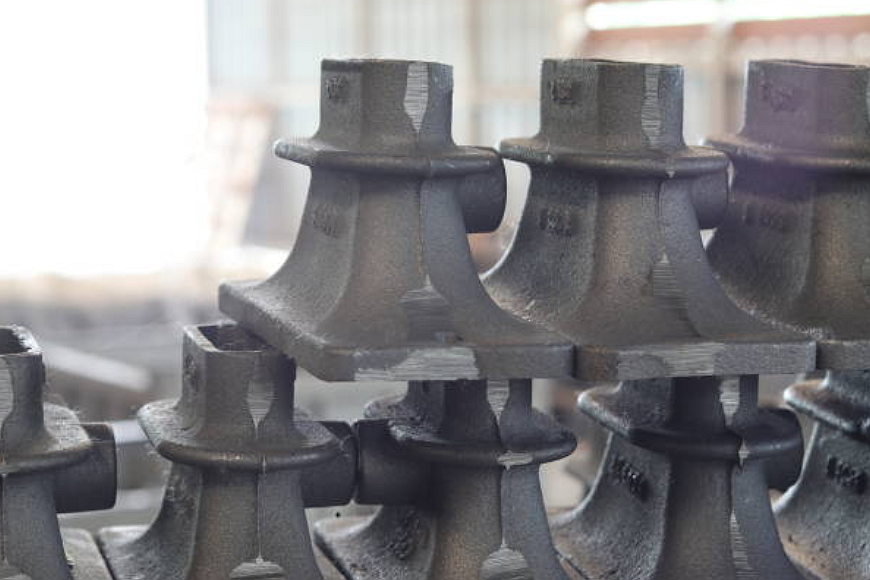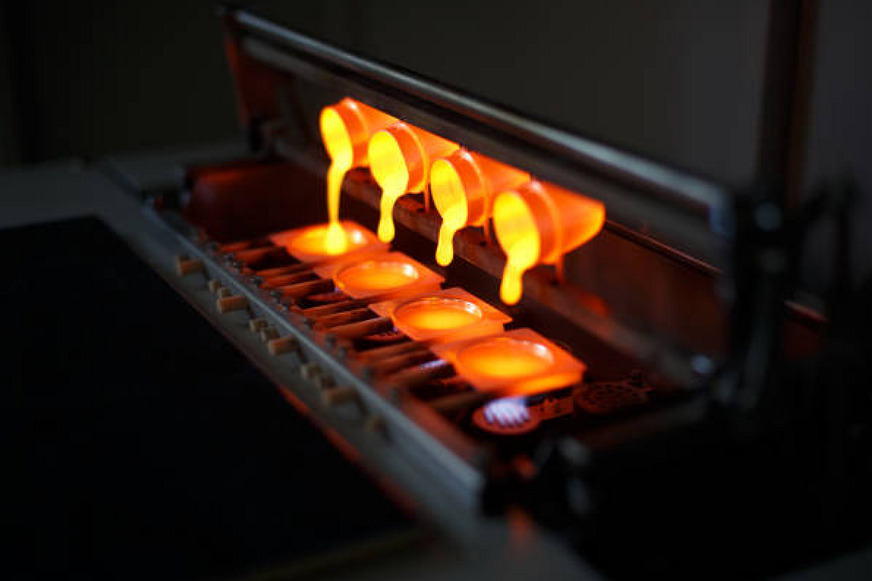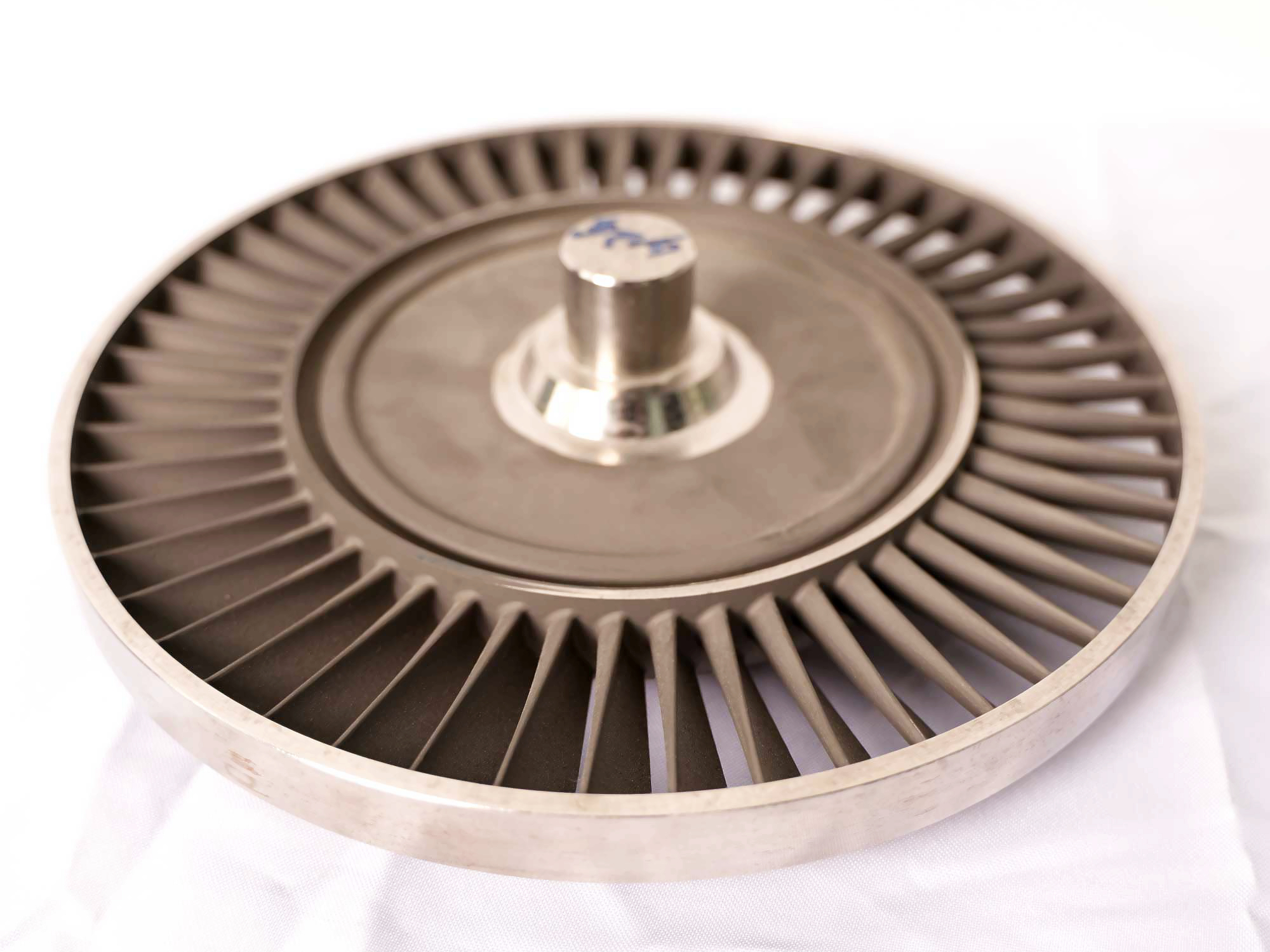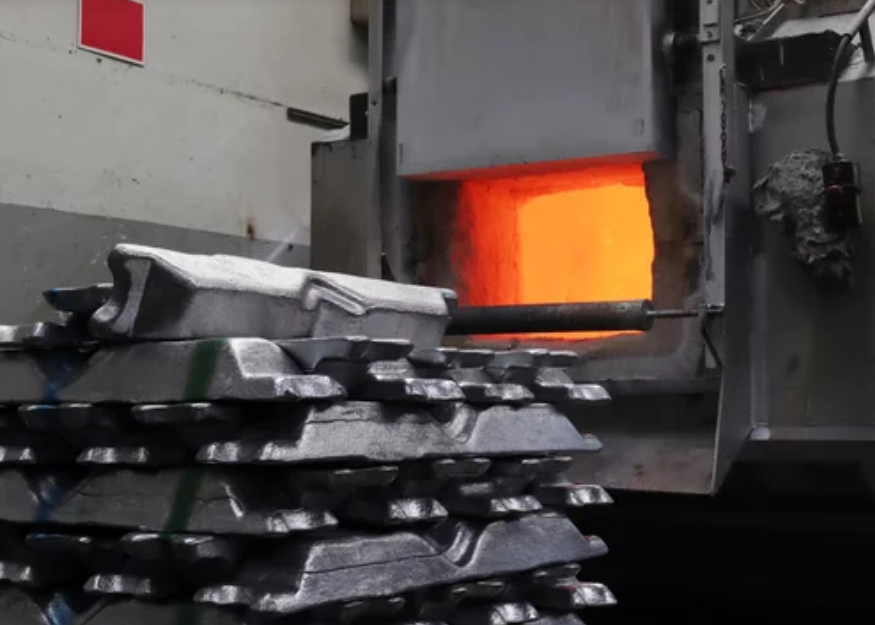What is the Difference Between Sand and Investment casting
Sand casting and investment casting are two major metal casting processes used in manufacturing. Both involve pouring molten metal into a mold cavity to form a part. However, sand and investment casting use different mold materials and methods, resulting in differences in surface finish, dimensional accuracy, complexity, and cost.

Mold Materials
The primary difference between the two processes lies in the mold materials used:
Sand casting uses sand molds, usually green sand, a mixture of sand, clay, and water. The sand is packed around a pattern to create the mold cavity. Molten metal is poured into the mold to form the part.
Investment casting uses a ceramic mold created by coating a disposable wax pattern with refractory ceramic slurry. The wax is melted, and the mold is fired in a furnace, leaving a precise ceramic mold. The ceramic shell mold can withstand high temperatures to cast reactive alloys.
Surface Finish
The surface finish of cast parts is generally superior to investment casting. Sand casting produces castings with a rougher surface texture.
The coarse sand of sand molds leaves visible roughness and texturing on the part surface that may require secondary machining or polishing.
Investment casting molds provide an extremely smooth casting surface finish, reducing the need for additional surface finishing steps.
Dimensional Accuracy and Tolerance
Investment casting also produces castings with better dimensional accuracy and tighter tolerances compared to sand casting.
Sand casting dimensional tolerance is approximately ±1.5% of the total casting dimensions. It can be improved to ±1% for high-quality sand castings.
Investment casting can achieve dimensional tolerances as tight as ±0.5% for most castings. It allows complex parts to be cast near the net shape, reducing machining requirements.
Design Complexity
The fiber-reinforced ceramic molds used in investment casting can produce castings with greater complexity and finer details than sand casting.
Simple sand molds are limited in the complexity they can achieve before collapsing or fracturing during pouring.
Investment casting facilitates deep recesses, internal passages, thin walls, and intricate geometries impossible with sand casting.
Investment casting also readily produces exceptional surface-quality castings, like smooth as-cast mirrored finishes not possible in sand molds.
Casting Metals
A more comprehensive range of alloys, including reactive and high-melting-point metals, can be cast using investment molds compared to green sand:
Sand casting is primarily used for low-melting point non-ferrous metals like aluminum, zinc, magnesium, and copper alloys. It can cast most ferrous alloys but struggles with high melting point alloys.
Investment casting can cast nearly any metal, including stainless steel, tool steel, nickel alloys, titanium, tungsten, and other exotic, reactive, or high-temperature alloys.
Cost Considerations
Investment casting involves higher upfront costs for ceramic molds but lower per-part costs at production volumes. It makes sand casting preferable for prototyping or lower-volume production.
Sand casting has lower startup costs, faster pattern production, and lower mold costs, making it ideal for small-scale production.
Investment casting has high initial pattern and mold costs. However, it has lower per-part costs at mid to high production volumes due to the reusability of the molds.
Production Quantities
The two processes are suited for different production quantities:
Sand casting is used for small to medium production runs of 1-1000 castings. It can handle short lead times and design changes.
Investment casting is better for longer production runs exceeding 1000 units. It has high startup costs but lower per-part costs at higher volumes.
Post-Casting Processing
Additional processing steps may be required after casting:
Sand castings often require extensive finishing to improve the rough as-cast surfaces. Fettling, grinding, machining, polishing, and other secondary operations may be needed.
Investment castings require little finishing apart from removing sprues and gates. The smooth cast surfaces minimized additional processing compared to sand castings.
Dimensional Accuracy Factors
The higher accuracy of investment castings stems from several factors:
The sturdy ceramic mold resists distortion during pouring, unlike green sand. It reduces errors.
The hot wax pattern shrinkage is precisely accounted for in creating the mold.
The ceramic evenly distributes and retains heat during pouring, minimizing uneven cooling.
The surface finish reduces further dimensional errors caused by post-casting finishing steps.
Strengths of Each Process
In summary, the two processes offer different advantages:
Sand casting provides lower-cost molds for rapid prototyping and short production runs of more minor, simple castings.
Investment casting offers high accuracy and surface quality for complex, high-tolerance castings suited to mid to high-production volumes.
The choice depends on factors like part complexity, production quantity, metal alloys, cost targets, dimensional precision needs, and required lead times. With an understanding of their respective strengths, sand and investment casting will continue playing essential roles in manufacturing.



